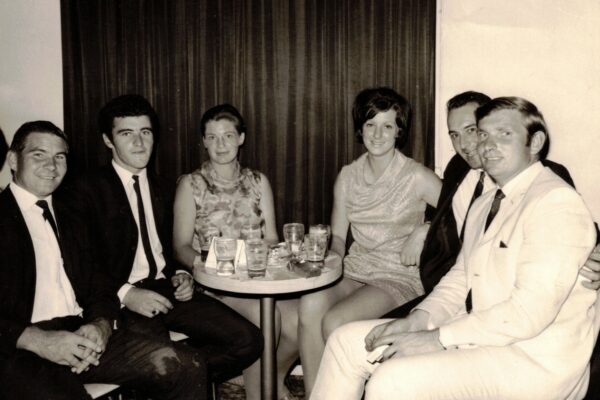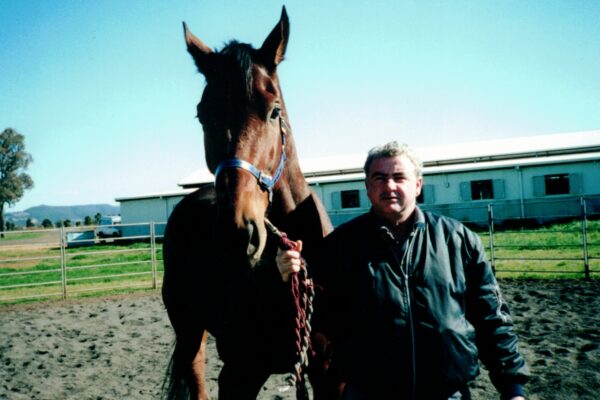Radium
Acknowledge: Australian Stock Horse Society 40th Anniversary Compendium
See: https://www.ashs.com.au/the-society/about-us/about-us/
Featured Image: Radium, the great proponent of the Cecil bloodline
When Donald Beaton, an astute horse breeder, decided to breed from his outstanding mare, Black Bess, he chose what he considered the most successful sire of the day, and this of course was Cecil.
Black Bess was by Hucketere, who was by Ingomar out of Bessemer. Black Bess’s dam was by Midnight, who was by Figaroo out of Countess. The mating produced the sire son of Cecil that would carry his line in the greatest volume to the Australian Stock Horse Stud Book – this was the mighty Radium. In the 1920s and 1930s the arguments raged as to which was the greater performer – Cecil or Radium. We will never know, but we do know that these were the two horses that supplied much of the foundation of the Australian Stock Horse Stud Book.
Radium was born at ‘Levedale’ Gloucester (on the Eastern side of the Great Divide) on Armistice Day in 1918. He, like his sire, was an outstanding performer, as were his progeny. Tales are related of Radium winning a campdraft at Kempsey and his progeny filling the next ten places, or Radium winning the last class at Dungog and his progeny filling the next five places.
Radium also worked in this rugged mountain country like his sire Cecil. His breeder, Donald Beaton, would take him to campdrafts led behind a sulky. On most occasions he would win the campdraft and later in the day he would give an exhibition of campdrafting without a bridle. If Donald Beaton couldn’t go, he lent him to his friend Herb O’Neill. In 1928 Beaton was to sell the great horse to Herb O’Neill, so Radium moved to ‘Kunderung’, a property in the heart of the ranges between Kempsey and Armidale. Prior to his death, Radium also stood at Quirindi.
The change in locations during his lifetime, plus his longevity, (he died in 1947 just short of his 30th birthday) and his outstanding performances, made him a sire that was very much in demand. As he was available over a wide area for those days and breeders used the great horse, he had many progeny to represent him.
Even though the Australian Stock Horse Stud Book didn’t start recording horses until 1971, 24 years after the great horse’s death, 56 progeny of Radium are registered in the Stud Book.










